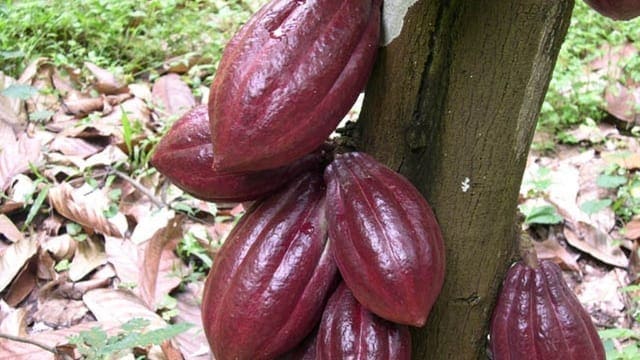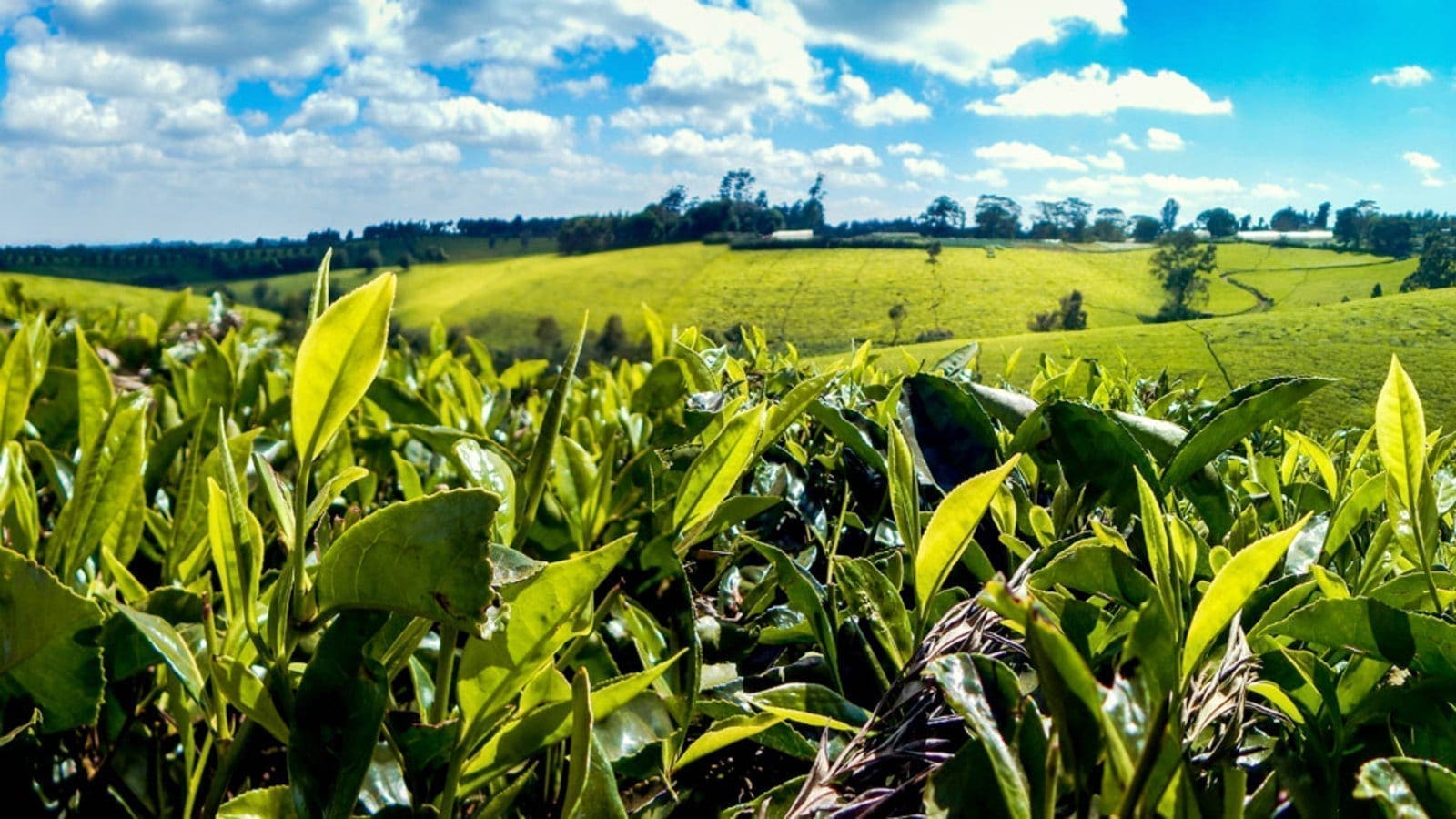KENYA – Quinoa (Chenopodium quinoa), is a type of pseudo-cereal from a flowering plant in the amaranth family, grown as a crop primarily for its edible seeds. The seeds are rich in protein, dietary fiber, B vitamins, and dietary minerals in amounts greater than in many grains.
Pseudo-cereals are types of grains that exhibit high viscosity, water-binding capacity, swelling capability, and good freeze–thaw stability. Bakery products and pasta are produced with flour blends of Pseudo-cereals and cereals, objectively to increase the nutritional properties of the final product, or they are made with 100% pseudo-cereal flour for the gluten-free foods market, which has been one of the main drivers of increased pseudo-cereal use. Currently, breakfast cereals, snack foods, granolas, and cereal-based beverages are the main pseudo-cereal-based food products sold on the market.
Since first being introduced in Kenya in the 1990s, the crop has not taken the popularity it bears to agronomists and other scientists, to homes of many countrymen. Although quinoa is not currently grown in Kenya, some quinoa products are found in major supermarkets in large towns and cities, imported mainly from Europe and the Andean region, whose main customers are affluent.
The Food and Agriculture Organization of the United Nations (FAO) is actively involved in promoting and evaluating the cultivation of quinoa outside native quinoa growing regions to strengthen food and nutrition security. Among the FAO’s quinoa-related activities are those of the Technical Cooperation Programme (TCP) project–”Technical assistance for the strengthening of the food system of quinoa” (TCP/SFE/3406) – implemented in the period 2014 to 2015. This project was designed to support the institutional capacities of the seven countries in Eastern and Southern Africa, namely Djibouti, Ethiopia, Kenya, Somalia, South Sudan, Uganda, and Zambia.
FAO, through its Subregional Office for Eastern Africa (SFE) in Addis Ababa, has also introduced 10 varieties to the seven countries. Production and utilization of quinoa are expected to reduce food and nutrition insecurity significantly and help farming communities adapt to climate change impacts.
The National Drought Management Authority (NDMA) said 4.35 million Kenyans are currently in need of food aid and the number is projected to reach 4.4 million between October and December 2022. This is according to a UN outlook for October 2022 to January 2023, which indicated that 1.2 million people will be in the emergency phase and will need urgent support.
NDMA further indicated that acute malnutrition has also been noted across the counties with 942,000 cases of children aged 6-59 months acutely malnourished and 134,000 cases of pregnant or lactating women acutely malnourished in need of treatment.
According to the World Bank, the combination of high dependence on rain-fed agriculture and the high poverty rates among smallholder farmers and pastoralists who have limited coping capacity makes Kenya particularly vulnerable to the effects of droughts. However, more sustainable agricultural practices such as the production and harvest of quinoa in Kenya can help fight hunger and Protein-energy malnutrition (PEM).
Quinoa has a protein content ranging from 12 to 17 percent and is reported to vary with factors such as cultivar, soil fertility, and environment. Quinoa grain is consumed as a cereal (similarly to rice) or grounded to flour, with its protein containing a well-balanced complement of all essential amino acids, a property that makes it superior to grains of other food crop species such as wheat, barley, and soybean. The grain is also rich in the mineral nutrient content of calcium, iron, magnesium, potassium, phosphorus, zinc, and manganese. As quinoa is gluten free, it can be safely eaten by those with gluten allergies. Approximately one or 0.5 percent of the adult population is affected worldwide, per reporting from Leibniz-Institute for Food Systems Biology at the Technical University of Munich and the Leibniz Institute of Plant Genetics and Crop Plant Research.
Gluten is a protein naturally found in some grains, including wheat, barley, and rye. It can cause serious side effects in certain individuals, whose bodies see it as a toxin, causing one’s immune cells to overreact and attack it. If an unknowingly sensitive person continues to eat gluten, this creates a kind of battleground resulting in inflammation. The side effects can range from mild (fatigue, bloating, alternating constipation, and diarrhea) to severe (unintentional weight loss, malnutrition, intestinal damage) as seen in the autoimmune disorder celiac disease.
Raw, uncooked quinoa is 13% water, 64% carbohydrates, 14% protein, and 6% fat. Nutritional evaluations indicate that a 100 g (3+1⁄2 oz) serving of raw quinoa seeds is a rich source (20% or higher of the Daily Value, DV) of protein, dietary fiber, several B vitamins, including 46% DV for folate, and the dietary minerals magnesium, phosphorus, and manganese.
After boiling, which is the typical preparation for eating the seeds, quinoa is 72% water, 21% carbohydrates, 4% protein, and 2% fat.[25] In a 100 g (3+1⁄2 oz) serving, cooked quinoa provides 503 kJ (120 kcal) of food energy and is a rich source of manganese and phosphorus (30% and 22% DV, respectively), and a moderate source (10–19% DV) of dietary fiber, folate, and the dietary minerals iron, zinc, and magnesium.
The crop also contains saponin, toxic chemicals that protect healthy plants from insect, fungal, and bacterial pathogens. For this reason, ingesting foods containing saponins can cause human body toxicity. However, severe poisoning is rare. The chemical can be decreased by abrasive milling/pearling process from 557 to 36mg/100g by dry weight.
Apart from being a rich source of protein, the plant is resistant to abiotic stresses (drought, cold, and salt), can be grown in hot and dry climates, and does not require fertile or fertilizer to grow. Available literature shows that quinoa was first evaluated in Kenya between 1935 and 1939 to test the adaptability of the crop to the local environments. Cream-colored seeds of quinoa were obtained from the Royal Botanic Gardens and tested in different sites, including Kitale, Kapenguria, Kiambu, and Scott Agricultural Laboratories.
Results from these studies showed that unlike other cereal crops such as maize, quinoa did not necessarily require fertile soils, hence it grew well in marginal soils. In addition,the crop was able to grow in areas higher than 1 829 meters above sea level, with rainfall that ranged from 381 to 635 mm during the growing season, and that the crop matured within 4.5 to 6 months.
For all the latest food industry news from Africa and the World, subscribe to our NEWSLETTER, follow us on Twitter and LinkedIn, like us on Facebook and subscribe to our YouTube channel.










